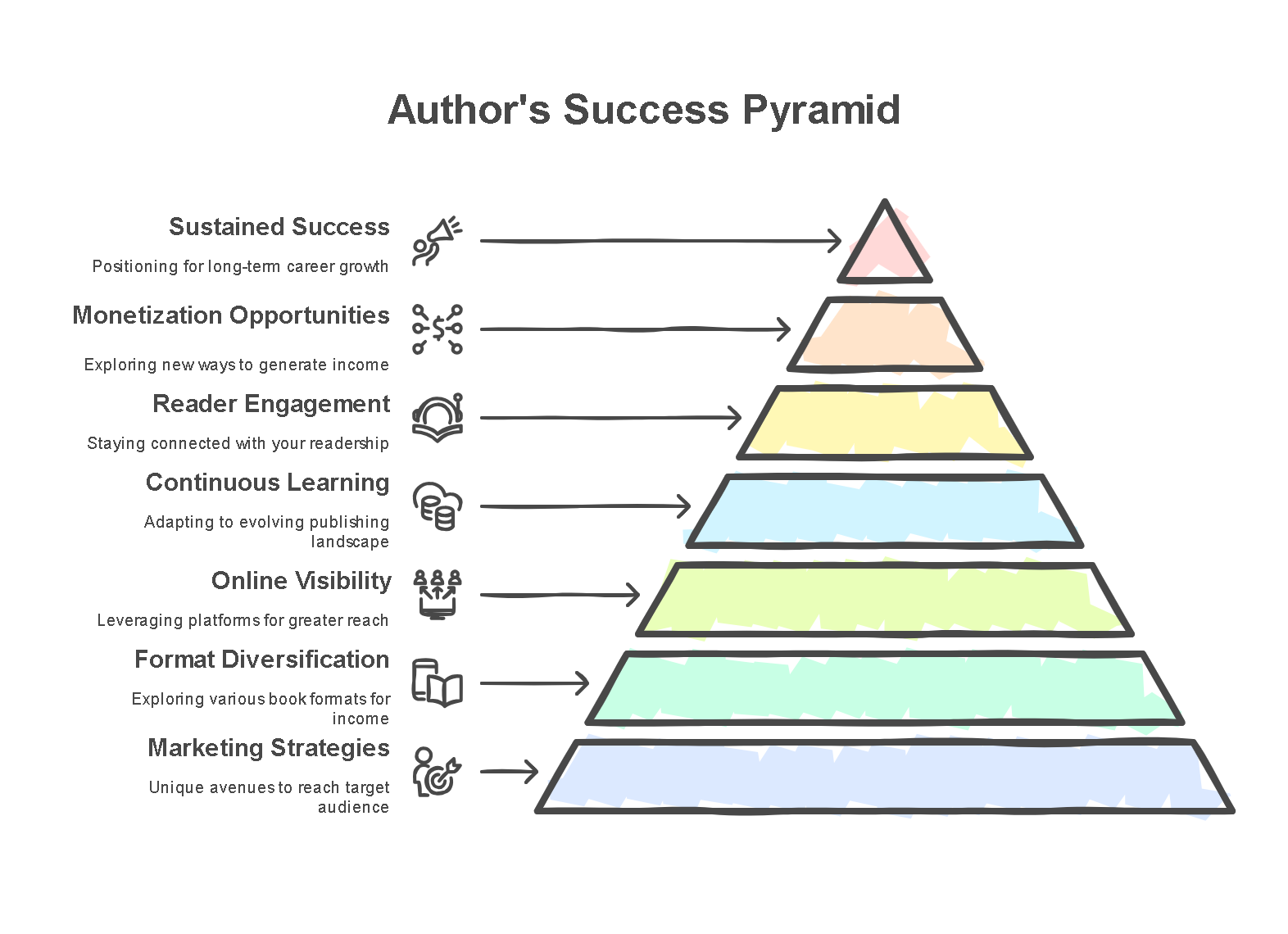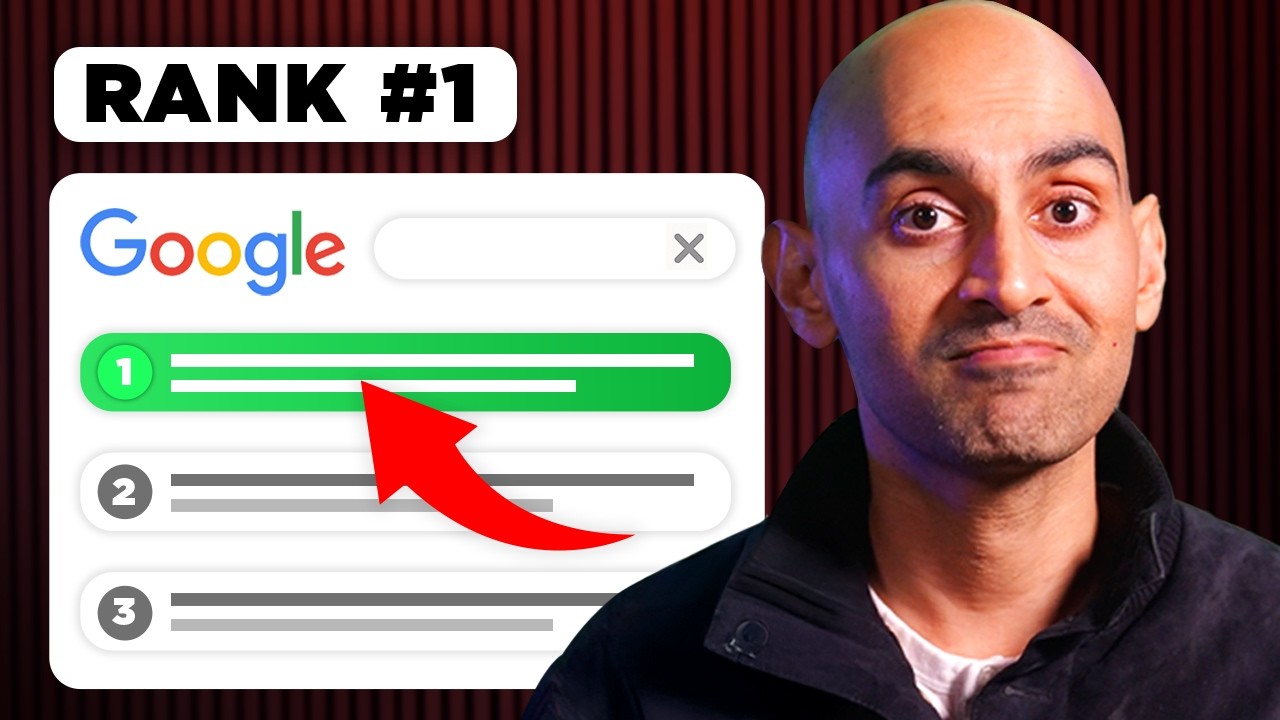Contents
With the completion of your first draft, you may think the hard work is done, but there are vital steps you can take to ensure your non-fiction book doesn’t just sit on the shelf. In this post, you’ll discover seven actionable strategies to elevate your book’s marketability and income potential. By implementing these techniques, you can effectively reach a wider audience, enhance your brand, and ultimately increase your earnings. Let’s explore the necessary approaches that will take your book from manuscript to a profitable asset.
Unpacking the Economics of Non-Fiction Success
Revenue Streams You Might Overlook
As a non-fiction author, diversifying your income sources is key to maximizing revenue. Many authors focus solely on book sales, yet there are numerous ancillary revenue streams that can significantly boost your income. Consider creating online courses or workshops based on your book’s content; for example, if you write about personal finance, a course on budgeting or investment strategies can attract a different audience eager to learn from you directly. Additionally, leveraging public speaking opportunities can further monetize your expertise. Authors like Brené Brown have built substantial incomes not just from book sales, but from speaking engagements, earning sometimes $30,000 or more per keynote presentation.
Another potential revenue stream is affiliate marketing, where you recommend products or services relevant to your book’s niche and earn a commission on sales generated through your referral links. This strategy works exceptionally well for non-fiction books that provide how-to guidance or product reviews. Offering a membership area on your website for exclusive content can also create recurring income as loyal readers subscribe for additional resources and deeper engagement with your work.
Pricing Strategies That Attract Profits
Effective pricing strategies can significantly impact your book’s success. A common mistake authors make is undervaluing their work by pricing their books too low. Research indicates that non-fiction books priced between $9.99 and $14.99 tend to perform best in the eBook space. Moreover, implementing tiered pricing, where you offer a basic edition at a lower price and charge more for additional content or features, can entice buyers and maximize profits. For example, if your book includes a comprehensive workbook or additional case studies, consider offering these as bundled extras to enhance perceived value.
Additionally, think about seasonal pricing or promotional strategies, such as discounts or promotional giveaways during significant holidays or events related to your topic. Creating a sense of urgency—like a limited-time discount—can encourage potential readers to make a purchase quickly. It’s also effective to experiment with different price points and monitor the sales data to fine-tune your strategy until you find the sweet spot that maximizes both sales volume and profit margins.
In the ever-competitive landscape of non-fiction publishing, employing diverse revenue strategies and adjusting your pricing approach can help your book not just survive but thrive in the marketplace, ultimately enhancing your overall income.
Reimagining Your Marketing Strategy
Leveraging Social Proof for Sales Growth
Displaying social proof can significantly influence your book’s sales, creating an environment where potential readers feel more confident in their purchase. This can include testimonials from industry experts, reader reviews, and endorsements that showcase your authority. For instance, if a well-known figure in your niche praises your book, it adds a layer of credibility that can attract new readers. Consider incorporating these testimonials in your promotional materials, from your website to social media posts, to highlight your book’s value and encourage sales.
Using statistics or case studies showing a positive impact of your work can further enhance your credibility. Sharing the number of readers who benefited from your book or citing specific examples where your insights led to changes in a reader’s approach can serve as compelling proof that encourages others to buy. Strategically, if your book is tied to a specific outcome, illustrate those results on various platforms to increase your visibility and trustworthiness in the eyes of potential buyers.
The Power of Strategic Partnerships
Forming strategic partnerships can amplify your book’s reach and income. Collaborating with other authors, industry leaders, or influencers in your niche can open up new avenues for exposure. For example, if you write about health and wellness, teaming up with a fitness influencer to host a webinar allows you to share insights from your book while engaging their audience. This co-marketing approach expands your reach beyond your existing followers and taps into new readership willing to explore your work based on the partnership.
These partnerships can take various forms, including joint promotions, guest appearances on podcasts, or shared online workshops. By leveraging each other’s audiences, you create a win-win situation. You not only gain access to new readers but also establish yourself within a network of like-minded professionals who can help elevate your credibility. Furthermore, collaborating allows you to pool resources and ideas, making your marketing efforts more efficient and effective, ultimately leading to increased income from your book.
The potential for long-term relationships with your partners adds ongoing opportunities for cross-promotion and collaboration on future projects. By continually engaging and exploring new partnership opportunities, you can keep your marketing strategy fresh and appealing to a broader audience, ensuring your non-fiction book gains traction long after its initial launch. For further guidance on maximizing your writing potential and marketing strategies, refer to A Framework for Moving Beyond Your First Draft.
Building an Author Brand That Lasts
Establishing Your Unique Voice in the Marketplace
Your distinctive voice is what will set you apart in the crowded non-fiction landscape. Readers are drawn to authentic narratives and perspectives that resonate on a personal level. To establish your voice, dive deep into your experiences, insights, and expertise. What lessons can you share that others cannot? Understanding your unique angle can help you navigate the often competitive genre you find yourself in. For example, if your non-fiction book tackles a niche like sustainable living, drawing on personal stories or challenges can create a strong emotional connection with your audience.
Creating a Compelling Author Platform
An author platform is your gateway to building a sustainable readership and income. It’s vital to curate an engaging online presence that showcases your expertise and invites interaction with your followers. Start with a professional website that features not only your books but also blog posts, resources, and information about your speaking engagements or other projects. This gives potential readers a holistic view of what you offer. Social media channels can further amplify your reach, allowing you to engage with readers, industry peers, and potential collaborators in real-time.
Furthermore, consider incorporating a newsletter into your platform. This can serve as a direct line to your readers, enabling you to share updates, insights, and even exclusive content that keeps your audience engaged. Regular contact builds relationships and maintains interest in your work. Think about your newsletter as a way to deepen connections, providing value through additional resources or chapters that enhance the reading experience. Maintaining an active author platform will not only improve your visibility but also create a community around your brand that supports your long-term goals.
Creating a compelling author platform involves an ongoing commitment to connection and content-sharing. Engaging with your audience regularly not only showcases your personality but also establishes your expertise. As you investigate into your niche, curating high-quality content that aligns with your brand helps in solidifying your reputation. Utilizing tools and platforms effectively can position you as a thought leader in your field, drawing attention to your non-fiction book and enhancing your income potential. For more insights on writing impactful non-fiction, check out 7 Steps To Write Your Non-Fiction Book in 2025.
Monetizing Your Expertise Beyond the Page
Expanding into Speaking Engagements
Your expertise has a value that extends far beyond the printed page. By taking the stage as a speaker, you can not only share insights from your book but also connect with an audience that resonates with your message. Industry conferences, webinars, and local community events are excellent platforms for showcasing your knowledge. In fact, many successful authors find that speaking engagements can earn them between $1,000 to $10,000 per talk, depending on factors like your experience and the event’s profile. The key is to position yourself as an authority, highlighting unique perspectives that stem from the themes explored in your book.
Nurturing relationships with event organizers and networking with other speakers can help you secure these opportunities. Tailoring your presentations to meet the needs of your audience by incorporating engaging stories or actionable insights from your book will leave a lasting impact. By delivering valuable content, you not only uplift your brand but also open doors to additional revenue streams, such as merchandise sales or consultations that stem from your speaking gigs.
Creating Online Courses or Workshops
Transforming your expertise into an online course can be one of the most effective ways to monetize your knowledge. With platforms like Udemy, Teachable, or even your own website, you can reach a global audience eager to learn directly from you. For instance, if your book tackles topics like productivity, you could develop a series of modules that guide participants through implementing those strategies in their lives. Pricing your course competitively, say between $50 and $300, can generate significant income, especially if you attract a dedicated student base.
Offering workshops can create a more interactive experience, allowing participants to engage directly with your content and ask questions in real-time. You can charge for access to exclusive workshops, where limited spaces foster a more intimate setting that encourages participant involvement. By pairing your written content with structured learning experiences, you expand your brand, deepen your relationship with your audience, and increase your income.
Creating online courses or workshops not only provides a robust platform for your insights, but it also enhances your positioning as an expert. Engaging video modules, supplemental resources, and community-driven discussions can turn static knowledge into an interactive learning journey. Plus, ongoing marketing efforts can drive consistent enrollment, while periodic updates to the course content can keep your material relevant, thereby enhancing its lifetime value to your audience.
Engaging with Your Readers to Drive Loyalty
The Role of Community in Sustaining Interest
Fostering a sense of community around your book creates a loyal band of readers who are eager to engage with your content and each other. This community isn’t just a collection of followers; it’s a network where discussions thrive, ideas are exchanged, and genuine connections are made. Consider creating an online forum or a social media group dedicated to your book’s themes. This provides readers with a platform to share their insights, ask questions, and even contribute to the ongoing conversation, transforming your book into a living, breathing entity rather than a static experience.
Engagement goes beyond generic social media posts. Hosting live Q&A sessions, regular webinars, or even virtual book clubs can generate excitement and sustenance for your book’s message. By involving readers in the discussion, you not only keep their interest piqued but also solidify their loyalty to your brand as an author. Aim to celebrate reader achievements, showcase fan art, or share success stories stemming from your book’s teachings. Each of these gestures fosters a vibrant community where readers feel valued, leading them to become more than just consumers; they turn into advocates for your work.
Utilizing Reader Feedback for Future Projects
Your existing readers can be an invaluable resource when it comes to shaping your future projects. Actively seeking their opinions through polls or feedback forms not only projects a sense of inclusiveness; it taps into a wealth of insight that you might not have considered. By analyzing themes in their feedback, you can identify potential gaps in your initial book or discover novel angles for your next publication. For instance, if multiple readers express interest in a certain topic you’re passionate about but didn’t fully explore in your first book, this might indicate a significant opportunity for expansion.
Engaging with reader feedback not only enhances your forthcoming works but can also influence your marketing strategies. If you learn that a particular chapter resonated most with your audience, using that insight allows you to refine your promotional efforts, ensuring that you’re speaking directly to your readers’ interests. The data collected from reader interactions can help tailor future content, from blog posts and articles to your next book project, ensuring it aligns with the very people you aim to serve.
Moving forward, consider setting up structures that make it easy for your readers to provide feedback. Regularly engage them through surveys that not only inquire about their reading experiences but also explore what they wish they could learn more about. Using tools like SurveyMonkey or Google Forms helps streamline responses and offers you actionable data. This proactive approach not only garners deeper loyalty but also positions you as a responsive author who values their readers’ insights, which is indispensable in today’s market.
Analyzing the Long-Term Potential of Your Work
Tracking Sales Data for Future Decisions
Sales data acts like a compass for your writing journey, guiding you through the often turbulent waters of publishing. If you track metrics such as units sold, revenue generated, and trends in sales over time, you can begin to see patterns emerge. For instance, if you notice a spike in sales during particular seasons, this could prompt you to capitalize on these peaks by planning marketing campaigns or launching new projects during those times. Specific platforms like Amazon KDP provide detailed reports that can help you analyze the rise and fall of your book’s popularity, affecting your future titles or spin-offs significantly.
Utilizing tools such as Google Analytics and social media insights, you can observe how your promotional strategies affect sales. With proper tracking, you can target specific demographics that resonate more with your work. If reader engagement is notably higher in specific locations or age groups, you could refine your marketing efforts to focus on those segments, potentially increasing your overall income.
Reinventing Your Content for New Audiences
You have the opportunity to breathe new life into your original work by exploring formats and platforms that reach new audiences. For instance, consider turning your book into a series of workshops, webinars, or online courses. This repurposing not only maximizes your content’s value but also introduces your expertise to individuals who may prefer interactive learning over traditional reading. Adapting chapters into blog posts or infographics can also offer bite-sized information that captures the attention of a different demographic, expanding your reach exponentially.
Additionally, think about how your content can intersect with current trends or societal needs. If your book addresses timeless issues, harness that relevance and write articles or create videos that tap into ongoing conversations. If a new technological trend arises that relates to your expertise, consider creating accompanying content that explores this topic. Engaging with your audience through platforms like podcasts or social media can create a fresh dialogue around your work, which not only extends your visibility but also solidifies your position as an authority in your field.

By continually assessing how you can adapt and expand upon your existing work, you keep the life of your content vibrant and economically fruitful.
Final Words
Summing up, your journey as a non-fiction author doesn’t end with your first draft. By implementing the seven strategies outlined in this guide, you have the opportunity to significantly enhance your book’s income potential. Each strategy offers unique avenues to reach your target audience, whether through effective marketing practices, diversifying formats, or leveraging online platforms for greater visibility. The more you invest your time and energy into refining these aspects, the more rewarding your efforts will be.
Take the knowledge you’ve gained and apply it diligently to your writing career. Continuous learning and adaptation are crucial as the publishing landscape evolves. By staying engaged with your readership and exploring new opportunities for monetization, you position yourself for sustained success. As you move forward, keep your focus on not just writing great content, but also on how you can maximize its reach, ensuring that your voice resonates widely and meaningfully within your niche.








